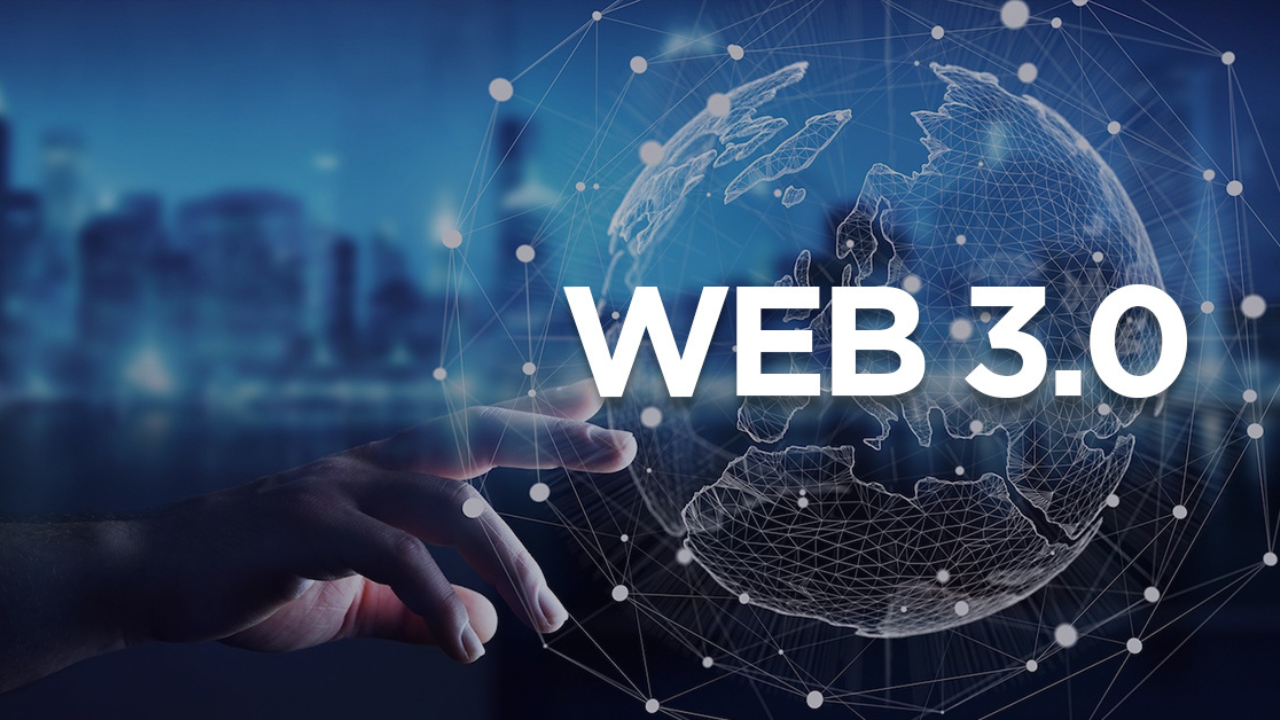Tech
Web3 and the Internet of Things (IoT): Integrating Smart Devices into the Decentralized Web

In a world of increasing connectivity, the Internet of Things (IoT) has emerged as a game-changer, revolutionizing how we interact with our surroundings. The concept of Web3, which encompasses decentralized technologies like blockchain, has also been gaining momentum, promising to reshape the internet and create a more secure and transparent digital landscape.
In this article, we explore the convergence of Web3 development and IoT, highlighting the potential for integrating smart devices into the decentralized web and the implications it holds for our connected future.
1. The Intersection of Web3 and IoT
As Web3 gains traction, its principles of decentralization, transparency, and peer-to-peer interactions find a natural alignment with the IoT ecosystem. Web3’s decentralized infrastructure can enhance the security and efficiency of IoT networks by eliminating the need for centralized intermediaries. By leveraging blockchain technology, Web3 ensures trust and immutability in data exchanges, offering a more robust foundation for IoT devices and applications.
2. Advantages of Web3-enabled IoT
2.1 Enhanced Security and Privacy
One of the key advantages of integrating Web3 into IoT is the bolstered security and privacy it provides. Traditional IoT networks are often vulnerable to cyber attacks due to centralized points of failure. With Web3, the decentralized nature of blockchain ensures that data is distributed across a network of nodes, making it more resilient to malicious actors. Moreover, blockchain’s cryptographic techniques enable secure and private data transmission, safeguarding sensitive information generated by IoT devices.
2.2 Transparent Data Management
Web3’s transparency is a crucial factor in IoT deployments. By leveraging blockchain’s distributed ledger technology, Web3 enables transparent data management, where all transactions and interactions are recorded in an immutable and auditable manner. This feature instills trust among stakeholders, ensuring the integrity and accuracy of data generated by IoT devices. Additionally, transparent data management opens up new possibilities for data monetization and incentivization models, benefiting both device owners and data consumers.
2.3 Peer-to-Peer Interactions
Web3’s peer-to-peer architecture aligns with the decentralized nature of IoT, enabling direct interactions between devices without the need for intermediaries. This facilitates seamless machine-to-machine communication, allowing IoT devices to autonomously collaborate and share information. The elimination of intermediaries reduces latency and operational costs while enabling real-time decision-making and automation in IoT applications.
3. Use Cases of Web3-enabled IoT
3.1 Supply Chain Management
By integrating Web3 into IoT, supply chain management can be revolutionized. Each step of the supply chain, from manufacturing to delivery, can be tracked and recorded on a blockchain, ensuring transparency and authenticity. IoT devices embedded in products can provide real-time data on their location, condition, and quality, streamlining logistics and reducing fraud. Smart contracts can automate payment settlements, improving efficiency and reducing disputes.
3.2 Energy Grid Optimization
Web3-enabled IoT can play a vital role in optimizing energy grids. IoT devices equipped with sensors can monitor energy production, consumption, and distribution. Through blockchain-based smart contracts, energy transactions can be securely recorded, enabling peer-to-peer energy trading and facilitating renewable energy integration. This decentralized approach empowers individuals and communities to participate in energy markets, fostering sustainability and reducing dependence on centralized energy providers.
3.3 Smart Cities
The combination of Web3 and IoT holds great promise for the development of smart cities. IoT devices embedded in urban infrastructure can collect real-time data on traffic, air quality, waste management, and more. This data, stored on a blockchain, can be accessible to city authorities, citizens, and businesses, enabling data-driven decision-making and improved urban planning. Furthermore, Web3’s decentralized governance models can enhance citizen participation and enable collaborative management of city resources.
Conclusion As the IoT ecosystem continues to expand, integrating Web3 technologies into IoT networks opens up new frontiers of possibility. The convergence of Web3 and IoT brings enhanced security, privacy, transparency, and peer-to-peer interactions to connected devices, revolutionizing industries and paving the way for a decentralized and autonomous future. By embracing this synergy, we can unlock the full potential of IoT, creating a more efficient, secure, and inclusive digital landscape for generations to come.
Kenneth is a proud native of sydney, born and raised there. However, he pursued his education abroad and studied in Australia. Kenneth has worked as a journalist for almost a decade, making valuable contributions to prominent publications such as Yahoo News and The Verge. Currently, he serves as a journalist for The Hear Up, where he focuses on covering climate and science news. You can reach Kenneth at [email protected].










